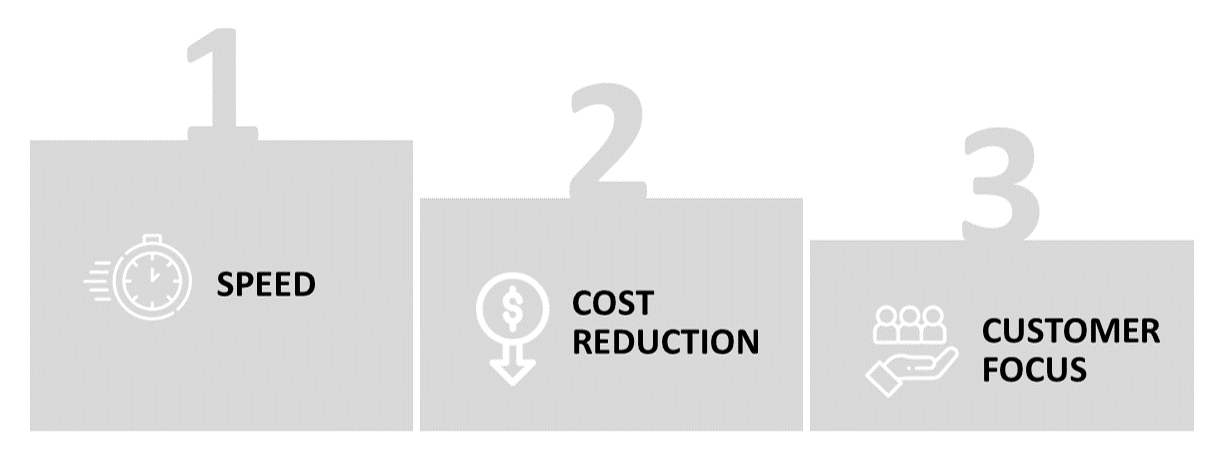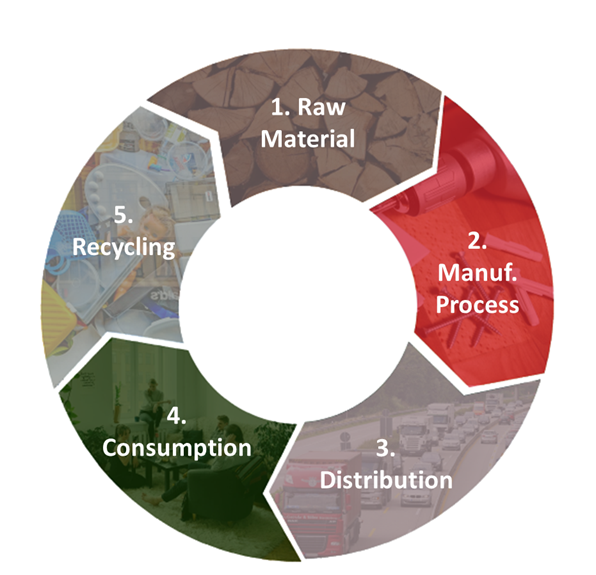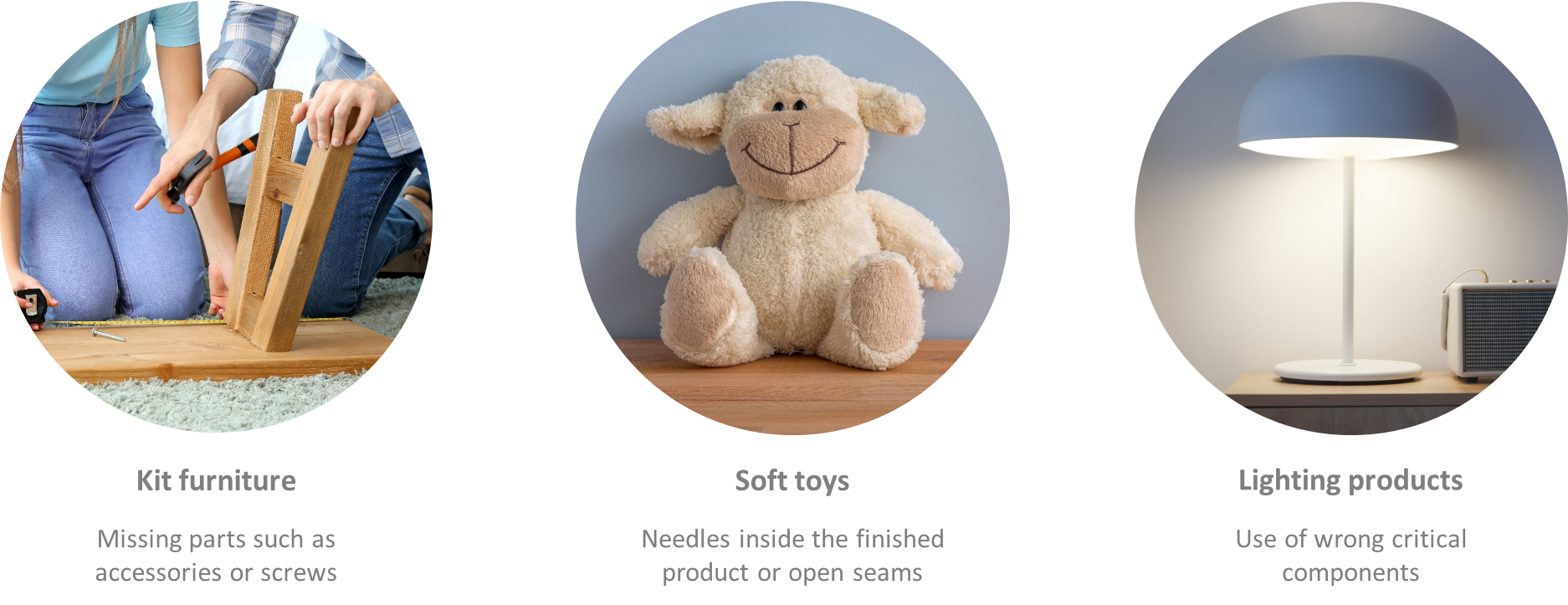2020 was a challenging year for most industries, driving companies to adapt and disrupt their habits and ways of doing business. Despite this, the global toy industry maintained stronger-than-expected performance, with parents and grandparents looking for new ways to keep children entertained at home.
This extraordinary context, however, brought unexpected pressures to supply chains – including shortages of qualified workers, limited access to materials, difficulties in performing quality checks, and more – adding to the existing challenge of meeting stringent regulations while ensuring the timely delivery of finished goods that meet consumer expectations. Regardless of changing circumstances, the responsibilities of toy- and children-related industries remain the same: guaranteeing the safety of products to ensure that little ones always ‘play safe’.
Despite global authorities and consumer associations putting vulnerable young consumers’ safety first, many risks and non-compliances are being uncovered. In Europe alone, toys were again the most notified product in 2019, representing 29% of RAPEX alerts.
 Source: RAPEX 2019 Annual Report
Source: RAPEX 2019 Annual Report
Today, the importance of adopting measures at the earliest stages of production is more crucial than ever, enabling brands to anticipate risks before production even begins to avoid ‘fail’ results in pre-production tests – or even worse – in pre-shipment tests. This can not only help brands save time and money but also prevent the feared product recall and consequent negative impacts.
Many precautions can be taken to secure the supply chain and reduce risks throughout the production process, such as factory audits, in-line inspections, and in-production assessments. However, some measures that can be adopted before production even starts, allowing brands to anticipate risks at the earliest stages.
Leveraging product and manufacturing expertise
At API, our product and manufacturing expertise – acquired daily, on the ground – allows us to identify and anticipate risks before they reach the production line. Our toy experts can guide and assess your teams from the design and prototype stages, helping you manage risks and make your products safer. We work closely with toy committees, keeping up to date with changes in standards and regulations and receiving the latest news on current areas of concern and hot industry topics.
Example

Some of our preventive solutions for toys in our laboratories in Asia and Europe include:
- Product Validation Report: An exhaustive report highlighting golden sample specifications and flagging critical points that could represent a safety or quality risk. Also assesses the functionality and performance from an end-user’s perspective and provides in-depth evaluation of the toy marking.
- Collection Review: A product review in the showroom that includes identifying risks and non-conformity of mechanical issues and advice from our experts and recommendations on product amelioration.
- Risk Assessment on design or prototype: A risk evaluation at the initial stages of development, which identifies any critical areas for improvement and provides expert recommendations for increased product safety.
- Marking verification: A review of regulatory markings and instruction manuals adapted to the appropriate age grade.
- Recommendations on performance and fit-for-play: Adapted, tailor-made protocols that simulate the child’s use of and interest in the toy.
- Pre-production test
Our experts can help you find the right solution for your needs in anticipating toy production risks.









 Interested in learning more about how we can support you in new sourcing locations?
Interested in learning more about how we can support you in new sourcing locations? 



